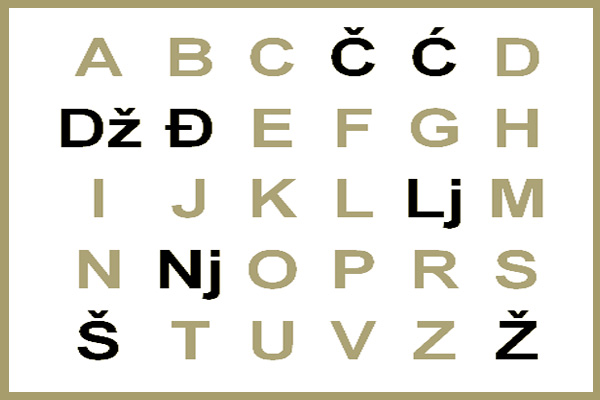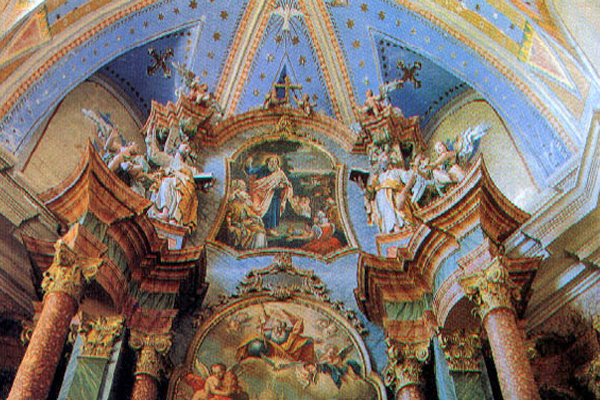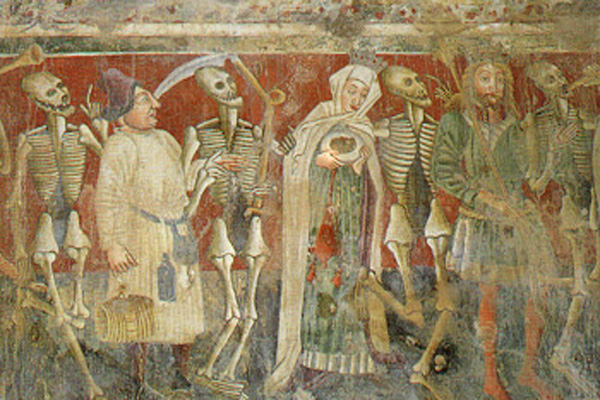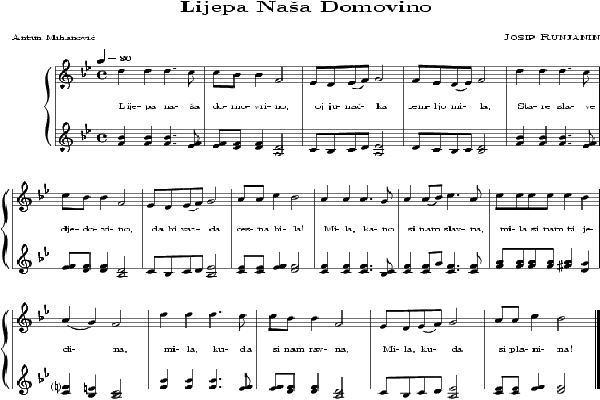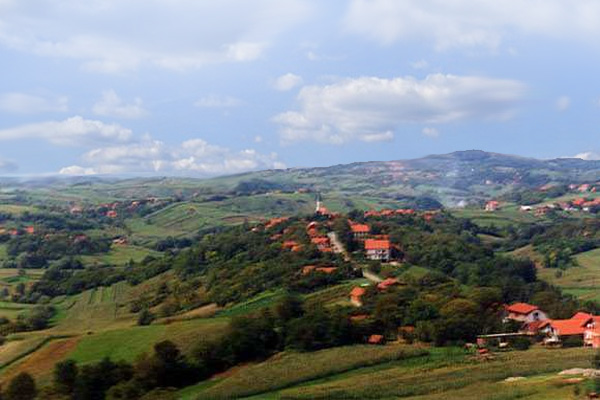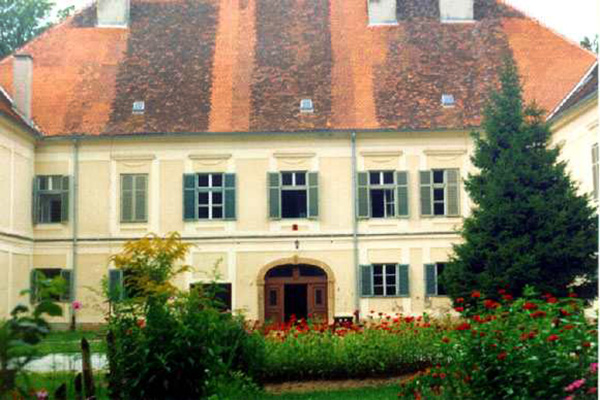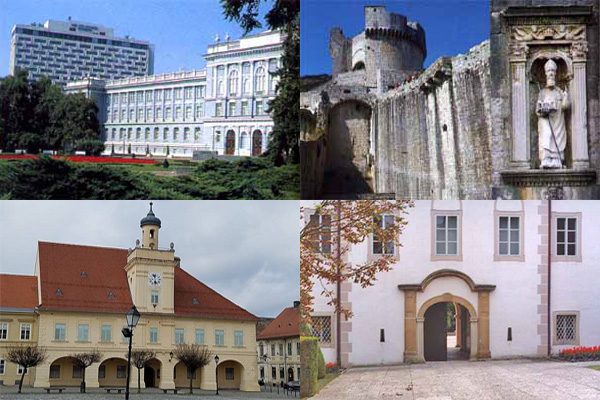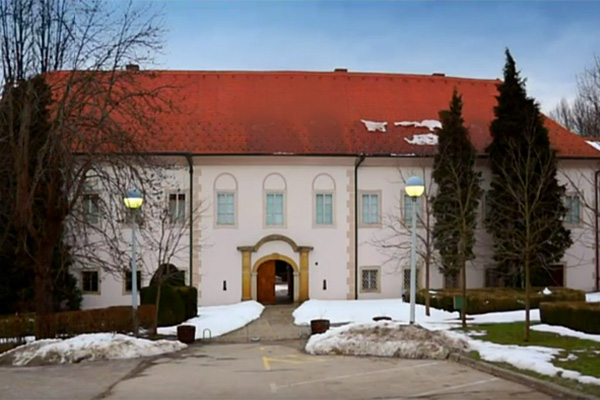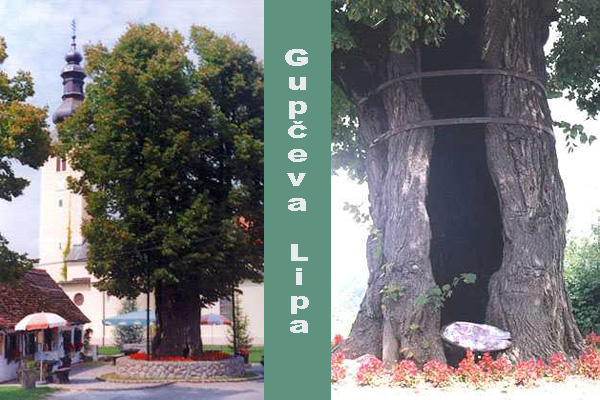Travel Croatia
RomWell Travel Advisory
Croatian Language (Hrvatski Jezik)
The Croatian language is strictly phonetic South Slavic language, with every word being pronounced exactly as it is spelt, following the principle: "to write as you speak, and to speak as you write". If you keep in mind this principle, no great efforts will be required to pronounce and read Croatian language. It contains no sounds which are not found in English.
The Croatian language also have three main (and very different) dialects:
Chakavian Dialect (Čakavsko narječje) - spoken along the Croatian Adriatic coast, islands, and in the Lika region.
Kajkavian Dialect (Kajkavsko narječje) - spoken in northern and northwestern Croatia.
Shtokavian Dialect (Štokavsko narječje) - spoken in the rest of Croatia.
The Croatian alphabet (Hrvatska abeceda) consists of thirty upper and lower case letters:
Uppercase Letters (Velika Slova), also called capital letters or majuscule forms:
A, B, C, Č, Ć, D, Dž, Đ, E, F, G, H, I, J, K, L, Lj, M, N, Nj, O, P, R, S, Š, T, U, V, Z, Ž.
Lowercase Letters (Mala SWlova), also called small letters or minuscule forms:
a, b, c, č, ć, d, dž, đ, e, f, g, h, i, j, k, l, lj, m, n, nj, o, p, r, s, š, t, u, v, z, ž.
The Croatian alphabet has the following additional letters: č, ć, dž, đ, lj, nj, š, and ž.
The Croatian alphabet doesn't have the letters: q, w, x, and y.
Did You Know?
The Croatian alphabet (abeceda) was initially devised by Croatian linguist, politician, journalist and writer Ljudevit Gaj in 1835 during the Illyrian movement in ethnically Croatian parts of Austrian Empire. It was largely based on Jan Hus's Czech alphabet and was meant to serve as a unified orthography for three Croat-populated kingdoms within the Austrian Empire at the time, namely Croatia, Dalmatia and Slavonia, and their three dialect groups, Kajkavian, Chakavian and Shtokavian, which historically utilized different spelling rules.
A slightly modified version of it was later adopted as the formal Latin writing system for the unified Serbo-Croatian standard language per the Vienna Literary Agreement. It served as one of the official scripts in the unified South Slavic state of Yugoslavia.
Gaj's original alphabet contained the digraph dj, which Serbian linguist Duro Danicic later replaced with the letter đ.
Related Links:
 Short English-Croatian Dictionary
Short English-Croatian Dictionary
 Short English-Croatian Dictionary - Days and Time
Short English-Croatian Dictionary - Days and Time
 Funny! Ten Dalmatian Commandments
Funny! Ten Dalmatian Commandments
 Funny! Ten Zagorje Commandments
Funny! Ten Zagorje Commandments
Pronunciation
Vowels (Samoglasnici):
a like a in bath, father
e like e in let
i like i in hit or ee in need
o like a in ball or o in hope
u like oo in boot or u in full
Consonants (Suglasnici):
c like ts in cats, lots
č like ch in church
ć like ch in cheap
dž like j in July, jump
đ like j in jeep (softer)
g like g in go, garden
h like h in half (always pronounced)
j like y in yes, young
lj like l in failure, pavilion
nj like in new, news
r like r in trilled, ring
s like s in sad, glass
š like sh in ship, shine
z like z in zipper, zero
ž like s in measure, pleasure
b, d, f, h, k, l, m, n, p, t, v are pronounced as in English.
Browse Croatian Travel Info
Find out more about Croatia...

